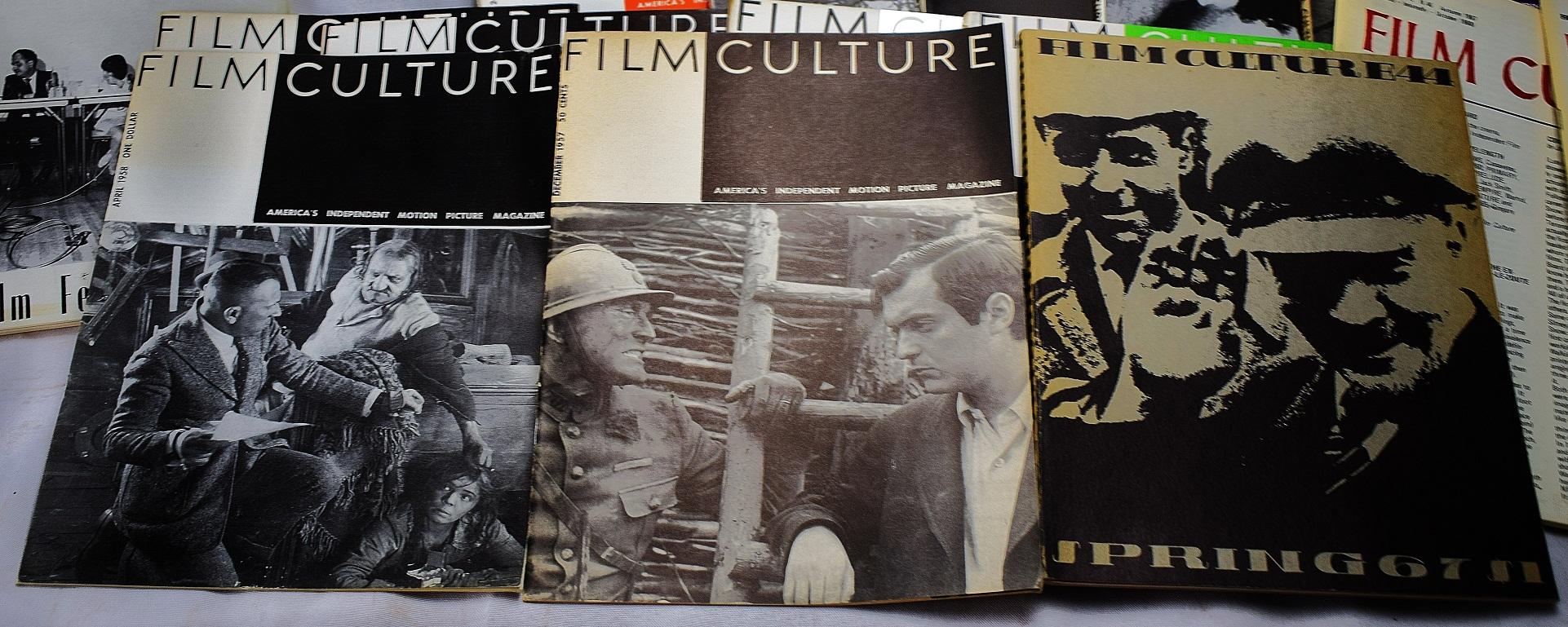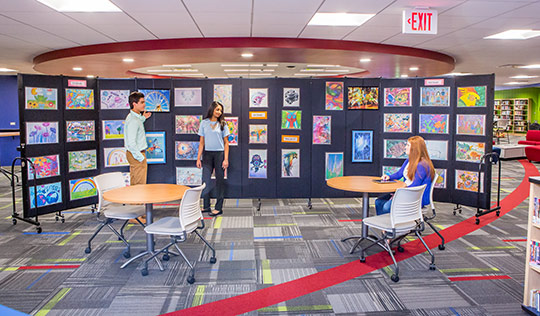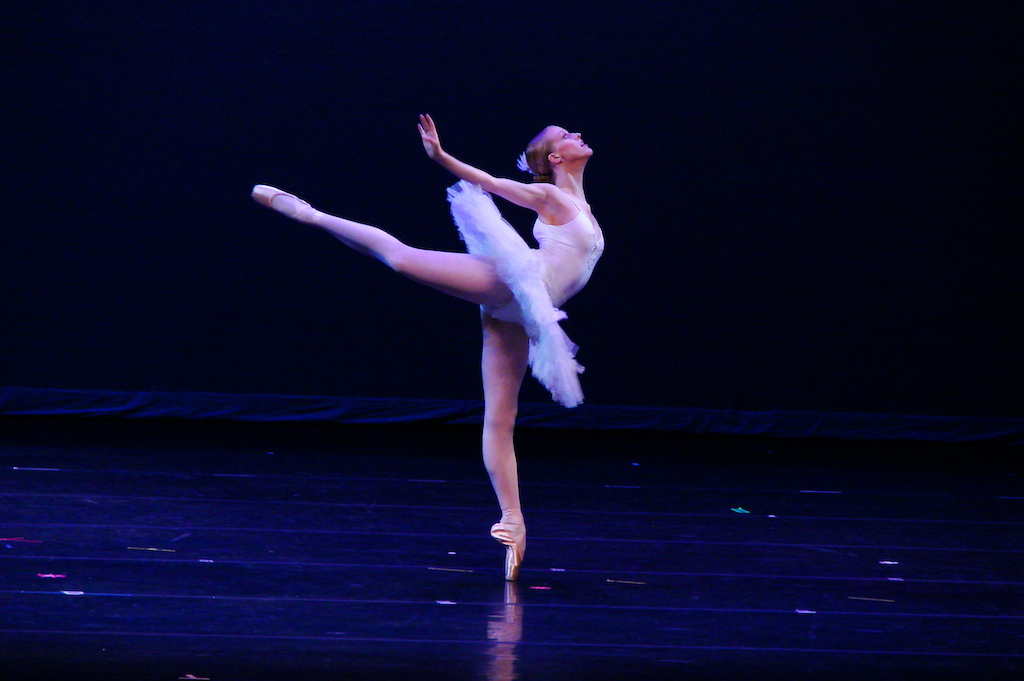Exploring the Impact of Film and Cinema on Arts and Culture
Film and cinema have had a profound impact on arts and culture throughout history. From the early days of silent films to the modern era of blockbusters, the silver screen has been instrumental in shaping society and influencing artistic expression. In this blog post, we will delve into the various ways in which film and cinema have impacted arts and culture, examining their influence on storytelling, visual aesthetics, and societal reflection.
1. Storytelling: The art of storytelling lies at the heart of both film and the broader arts. Movies have expanded the possibilities of storytelling by incorporating visual elements, motion, and sound. Filmmakers have the ability to transport audiences to new worlds, evoke emotions, and convey complex narratives through the integration of visuals, dialogue, and music. The techniques and conventions developed in cinema have influenced other forms of storytelling, such as literature, theater, and television, leading to more dynamic and immersive narratives.
2. Visual Aesthetics: Films are a visual medium, and they have pushed the boundaries of visual aesthetics in art and design. The composition of shots, lighting, color schemes, and visual effects in movies have inspired artists in other domains, such as painting, photography, and fashion. The iconic imagery of films, from classic movie posters to avant-garde cinematography, has become part of our visual culture and has influenced the way we perceive and create visual art.
3. Cultural Reflection: Movies often reflect the societal and cultural values of their time. They provide a lens through which we can examine different eras, capturing the spirit, concerns, and aspirations of the society in which they were made. Films have addressed and challenged social issues, stimulated public discourse, and sparked cultural movements. They have helped shape popular culture, influencing fashion trends, music, and even political ideologies. Cinema has the power to unite diverse audiences around shared experiences and common narratives, fostering a sense of community and collective identity.
4. Global Exchange: Film festivals, international distribution, and the advent of streaming platforms have facilitated the global exchange of cinematic works. This exchange has not only promoted cultural diversity and intercultural dialogue but has also allowed filmmakers from different regions to showcase their unique perspectives and artistic visions. Movies from around the world have been instrumental in broadening our understanding of different cultures, breaking down stereotypes, and fostering empathy and cross-cultural understanding.
5. Economic and Industrial Impact: The film industry, as a cultural and economic force, plays a significant role in shaping the arts and culture. The success of movies influences funding decisions for other creative projects, such as theater productions, art exhibitions, and music albums. Furthermore, the film industry generates employment opportunities for artists, actors, technicians, and various supporting roles, contributing to the overall vitality of the arts sector.
In conclusion, the impact of film and cinema on arts and culture cannot be overstated. From transforming storytelling to shaping visual aesthetics, promoting cultural understanding, and driving economic growth, movies have left an indelible mark on our creative landscape. As we continue to witness the evolution of film and the emergence of new technologies, we can expect even greater innovations and transformative influences on the arts and culture in the years to come.











